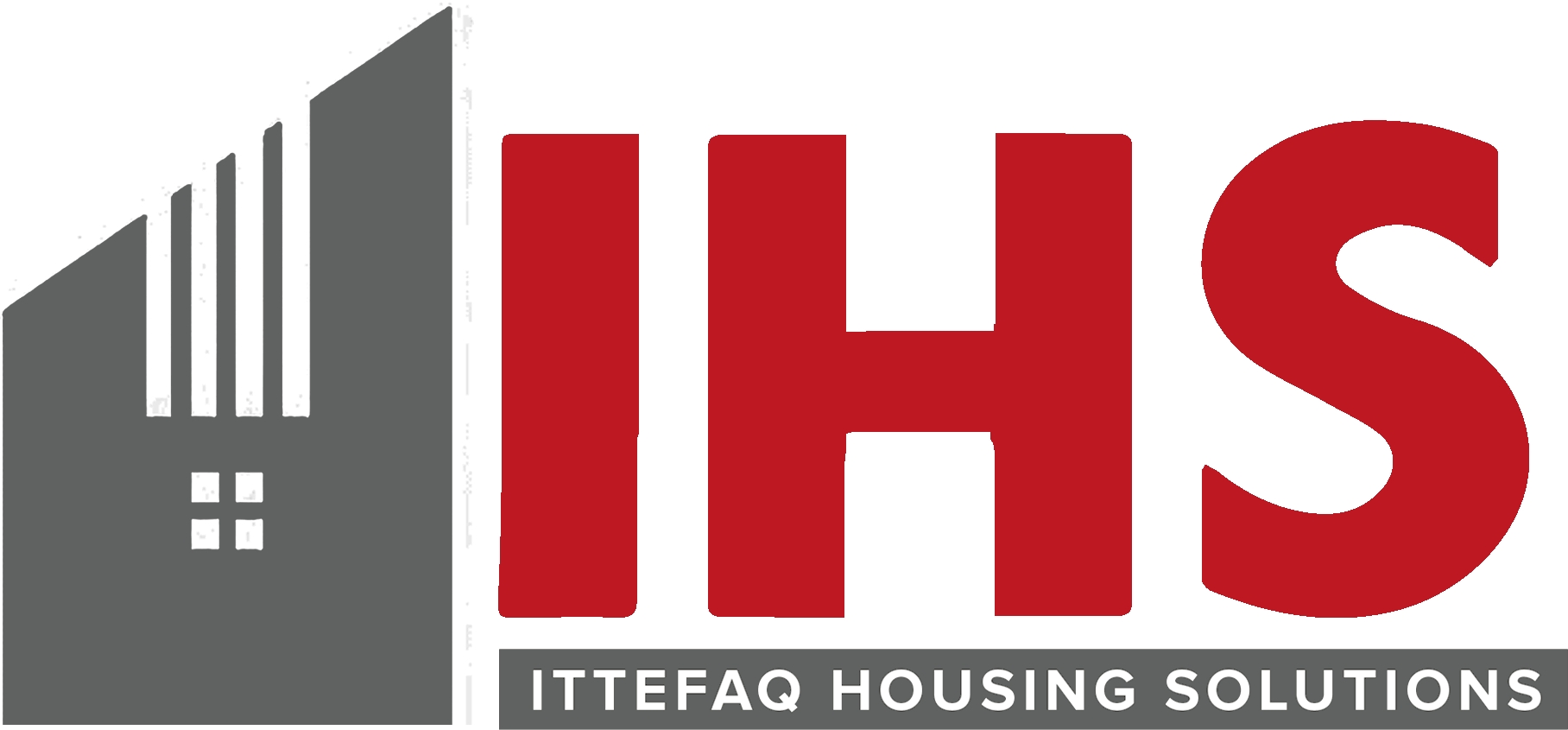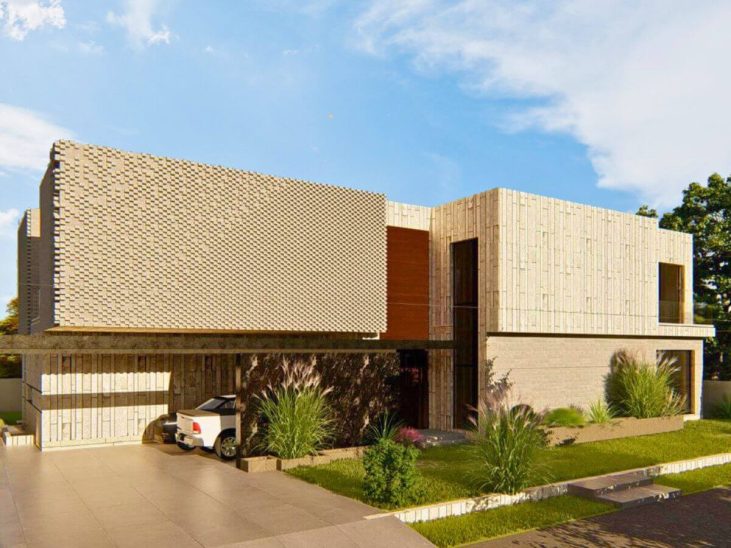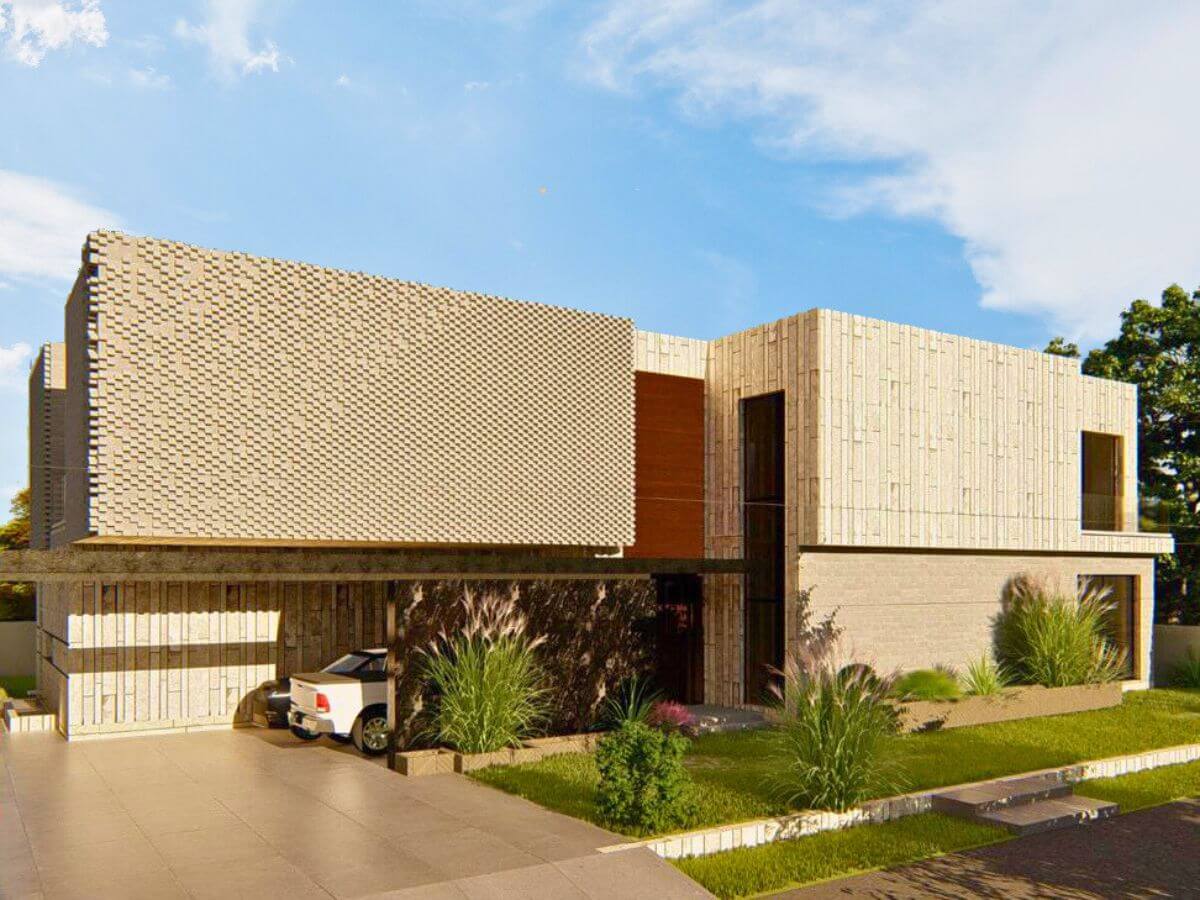Common House Construction Mistakes in Pakistan
- By ittefaq
- December 12, 2024
- 64
- Construction
Building a house in Pakistan is a milestone achievement, but without proper planning, it can quickly become stressful. At IHS, with years of experience in house construction across Lahore, Islamabad, and Karachi, we’ve seen how simple mistakes lead to project delays, cost overruns, and poor quality finishes. This guide covers the most common house construction mistakes and how you can avoid them with proper planning, quality materials, and professional supervision.
Why Every Homeowner Must Understand Construction Pitfalls
Most homeowners focus only on visible aspects of construction, ignoring the critical technical processes like proper soil testing, BOQ (Bill of Quantities), and daily site supervision. This often results in:
Budget increases of 20-30%
Project delays of several months
Structural issues like cracks, seepage, and dampness within a few years
At IHS, we believe in educating our clients so they can build confidently. For those planning 10 Marla or 1 Kanal homes, we also recommend checking our 1 Kanal Construction Cost Guide and Grey vs Turnkey Construction Comparison.
The 7 Most Common Mistakes in House Construction
1. Not Having a Proper BOQ – The Root of Budget Problems
A proper BOQ (Bill of Quantities) is crucial to project success. Without it, clients are vulnerable to vague pricing and unexpected charges.
At IHS, every project starts with a detailed BOQ, covering:
- Steel reinforcement quantity
- RCC cubic feet estimates
- Labor breakdown and per square foot costs for both grey structure and turnkey projects
This helps you avoid unexpected financial shocks during construction.
2. Skipping Soil Testing – Compromising the Foundation
Soil quality varies greatly within Pakistan’s major cities. We’ve observed in Lahore that DHA Phase 7 has clayey soils, while Bahria Town Lahore requires special anti-termite treatment due to moisture risks.
At IHS, we always conduct:
- Pre-construction soil testing
- Foundation depth and type recommendations based on soil bearing capacity
This step reduces risks of foundation sinking and long-term structural damage. Learn more in our Foundation Best Practices Guide.
3. Not Signing a Detailed Contract Agreement
Contracts should go beyond pricing—they should protect your home and investment. A professional construction contract at IHS includes:
Clear scope of work
Fixed completion timelines
Defined material brands (e.g., Mughal Steel, DG Cement)
Penalties on project delays
This eliminates disputes and promotes timely project delivery.
4. Lack of Daily Supervision – A Hidden Quality Risk
oor site supervision often leads to:
Substandard brickwork
Inadequate curing of concrete
Improper MEP (plumbing/electric) placements
At IHS, we provide:
- Dedicated site supervisors
- Daily progress updates
- Weekly milestone reports with images
- Third-party concrete strength tests
This approach ensures your project remains on track with high quality standards. Explore The Importance of Site Supervision Guide for more insights.
5. Low-Quality Materials – Silent Structural Failure
Substituting original materials is a common malpractice. Many small contractors use:
Grade 40 steel instead of Grade 60
Substandard cement that causes early cracks
Inexpensive electrical wiring that leads to future maintenance nightmares
At IHS, we follow strict material protocols with:
- Certified steel and cement brands
- Cylinder testing of concrete (3000 PSI minimum)
- Material batch verification and documentation
This commitment to quality ensures structural longevity and client peace of mind.
6. Over-Designing Without Practicality
Overly complex architectural designs can inflate costs and delay construction without offering proportional benefits. At IHS, we encourage clients to:
Avoid unnecessarily large basements prone to water seepage
Optimize ceiling heights (10-11 ft) for aesthetics and energy efficiency
Minimize unutilized open spaces that add cost but no value
Our experience shows that smart planning reduces costs by 10-15% while improving the functionality of the home.
6. Ignoring External Development Costs
We often meet clients who budget only for the main house construction but forget:
Boundary walls (PKR 500k+)
Gate fabrication (PKR 300k+)
Driveways, pavers, landscaping (adds 5-8% to total budget)
Government connections (gas, electricity)
At IHS, we provide an all-inclusive cost plan from the start to help homeowners plan effectively. For a detailed cost breakdown, visit our Hidden Costs of House Construction Blog.
Conclusion
At IHS, we believe in building homes that are safe, durable, and aesthetically pleasing—without cost overruns or delays. Our integrated project management and quality assurance system eliminates common mistakes homeowners face when working with ordinary contractors.
With IHS, you get:
- Professional project oversight
- Certified materials
- Transparent costing
- Daily progress accountability


